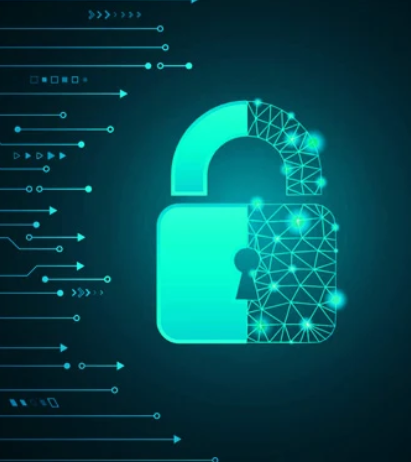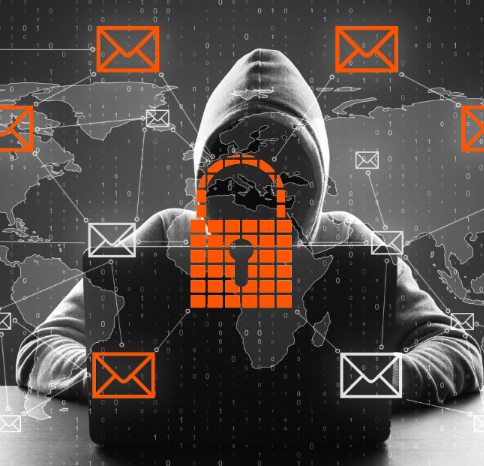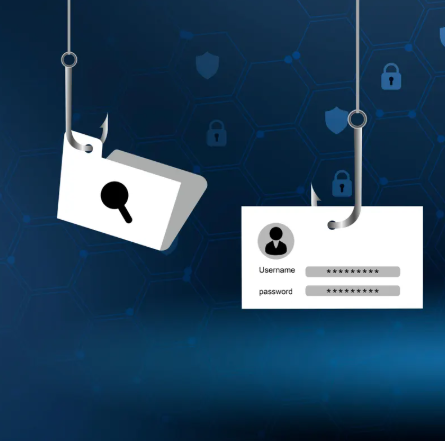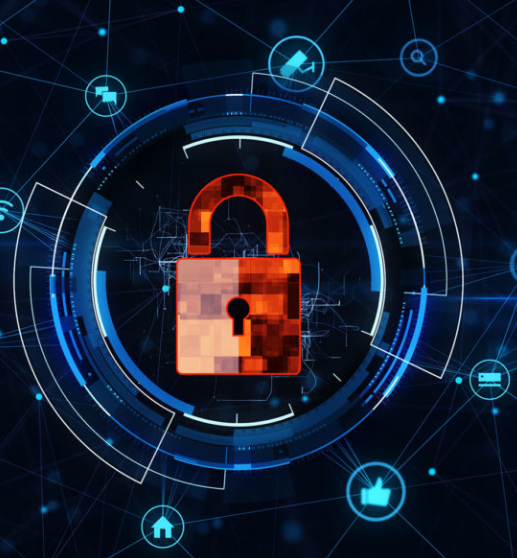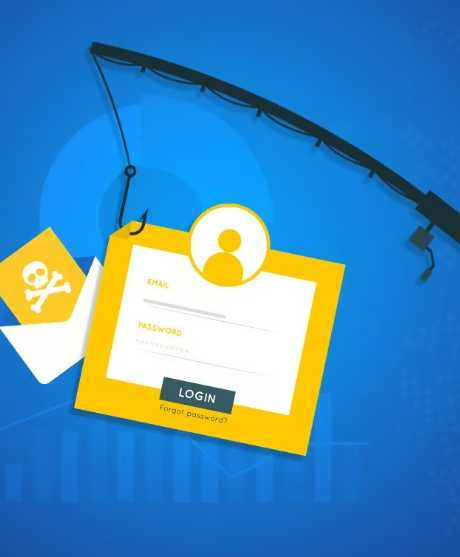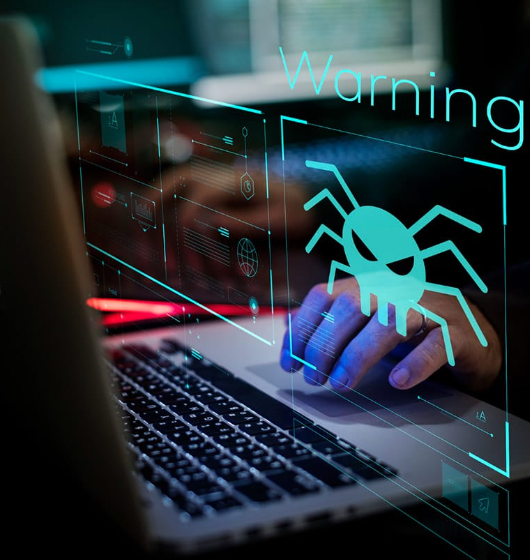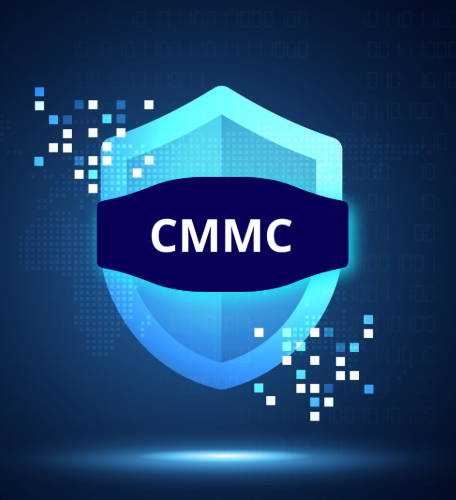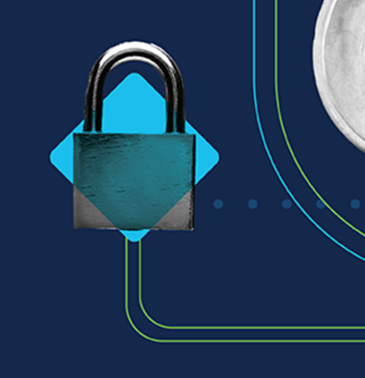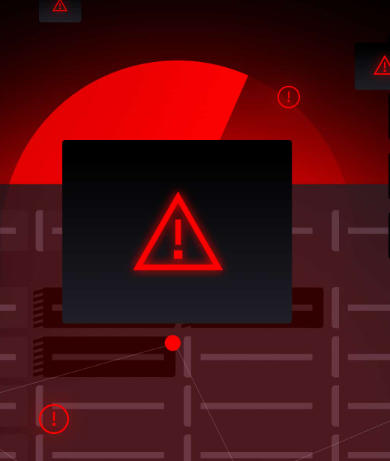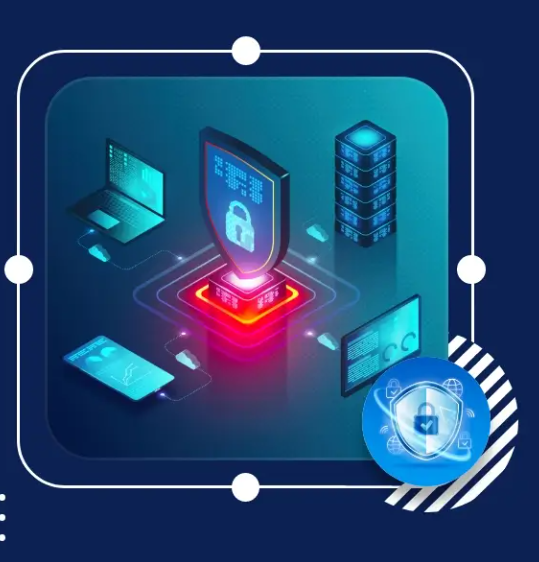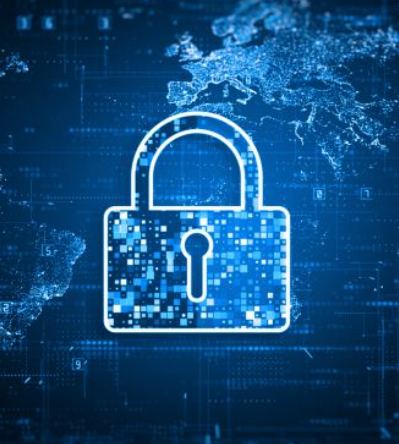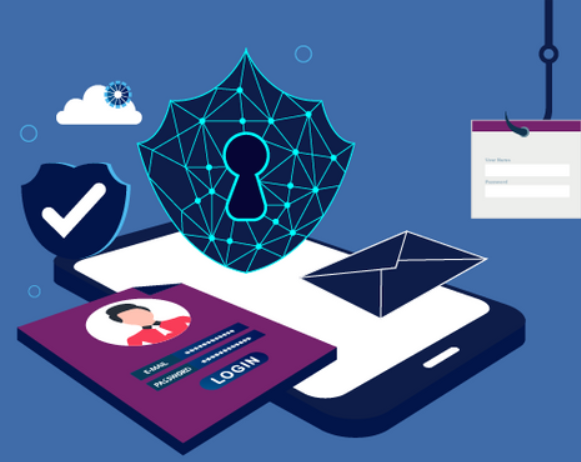
Phishing continues to be one of the most dangerous tactics cybercriminals use, and the real-world consequences of these attacks serve as sobering reminders of how devastating they can be. No matter the size of the organization, phishing attacks can strike anyone, anywhere. However, by examining past phishing disasters, companies can identify weak points, improve their security strategies, and ensure they don’t fall victim to the same mistakes again.
Why Phishing Remains a Serious Threat
Despite the growing awareness and advancements in cybersecurity, phishing attacks are still highly effective. Unlike traditional cyber threats, phishing exploits human behavior rather than just system vulnerabilities. Attackers craft emails that look legitimate, tricking users into clicking harmful links, entering sensitive information, or downloading malicious attachments. These attacks are often personalized, timely, and convincingly deceptive, making them hard to detect until damage is done.
Did You Know?
Over 80% of all reported security incidents are linked to phishing, with the average cost of a phishing breach exceeding $4 million.
Lessons from Real-World Phishing Attacks
1. Sony Pictures (2014)
A phishing attack targeted Sony employees, stealing credentials that led to a massive data leak. This breach, which included private emails and unreleased films, cost the company millions and severely damaged its reputation. Lesson learned: Regular employee training on social engineering and the implementation of multi-factor authentication (MFA) could have prevented this.
2. Ubiquiti Networks (2015)
Cybercriminals impersonated company executives and tricked employees into transferring $46 million to fake accounts. This highly targeted spear phishing attack caused significant financial loss. Lesson learned: Organizations must have strict verification processes for financial transactions and invest in email authentication technologies.
3. Google and Facebook (2013–2015)
A hacker in Lithuania tricked both tech giants into sending over $100 million through fake invoices from a non-existent vendor. Lesson learned: Companies should regularly vet vendors and educate their finance teams on recognizing suspicious communication, even from seemingly trusted sources.
4. Colonial Pipeline (2021)
While the Colonial Pipeline attack involved ransomware, it began with compromised credentials obtained through phishing. The result was widespread fuel shortages and operational shutdowns across the U.S. East Coast. Lesson learned: Combine endpoint security with ongoing employee training and secure remote access protocols to reduce vulnerability.
5. Twitter (2020)
Teen hackers exploited Twitter’s internal tools by using social engineering tactics, hijacking celebrity accounts for a Bitcoin scam. Lesson learned: Organizations should limit internal access, conduct role-based audits, and ensure customer support teams are trained to spot phishing attempts.
Common Patterns in Phishing Incidents
1. Spear Phishing
Most major breaches begin with spear phishing—highly targeted emails aimed at specific individuals or departments. Attackers often gather personal information to craft convincing messages that prompt immediate action without raising suspicion.
2. Lack of Multi-Factor Authentication
Many phishing attacks succeed because they rely on stolen credentials. The lack of MFA in these cases makes it easy for attackers to gain access to sensitive systems, even when passwords are compromised.
3. Insufficient Employee Training
Employees who aren’t trained to recognize phishing emails are the weakest link in a company’s defense. Without ongoing education and simulated phishing tests, staff remain vulnerable to newer, more sophisticated attacks.
4. Weak Internal Controls
Financial losses from phishing often occur when organizations lack proper verification steps, audit trails, and access controls. A simple check—such as confirming a large transaction verbally—could prevent a phishing attack from succeeding.
5. Slow Detection and Response
Many phishing attacks go unnoticed for days or even weeks, allowing damage to accumulate. Without continuous monitoring and automated alerts, organizations are slow to respond, giving attackers time to exploit vulnerabilities.
How to Protect Your Organization from Phishing Attacks
1. Use AI-Powered Email Security
Modern email security solutions can analyze the sender’s behavior, content, and reputation to identify phishing attempts before they reach the inbox. AI can detect even the most sophisticated threats.
2. Provide Ongoing Employee Training
Regular training sessions, paired with simulated phishing exercises, help employees recognize suspicious emails and feel confident about reporting potential threats.
3. Implement Multi-Factor Authentication (MFA)
MFA should be mandatory for all employees, particularly those with access to sensitive data, financial records, or administrative systems, to add an additional layer of protection.
4. Set Up Clear Internal Processes
Establish clear workflows for financial transactions and operational requests. A structured approval chain makes it harder for phishing attacks to trick employees into making risky decisions.
5. Invest in Real-Time Monitoring and Response
Consider a Security Operations Center (SOC) or Managed Detection and Response (MDR) service that provides 24/7 monitoring, real-time threat detection, and automated response to emerging phishing attacks.
By learning from past phishing disasters and taking proactive steps to address these threats, organizations can significantly reduce their risk of falling victim to future attacks.


